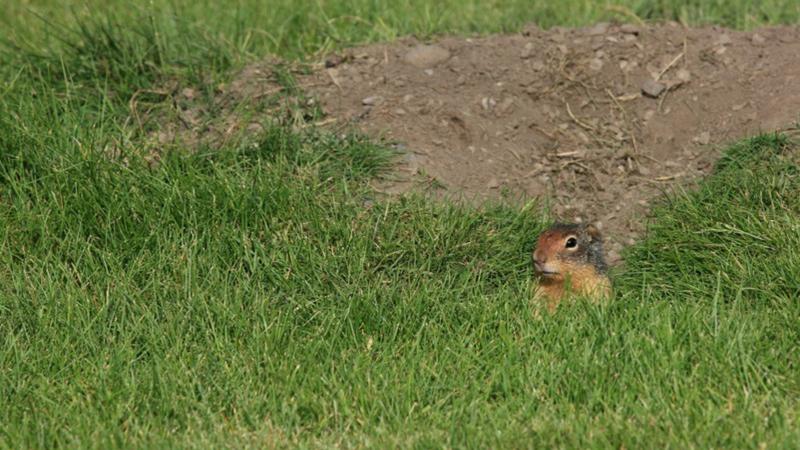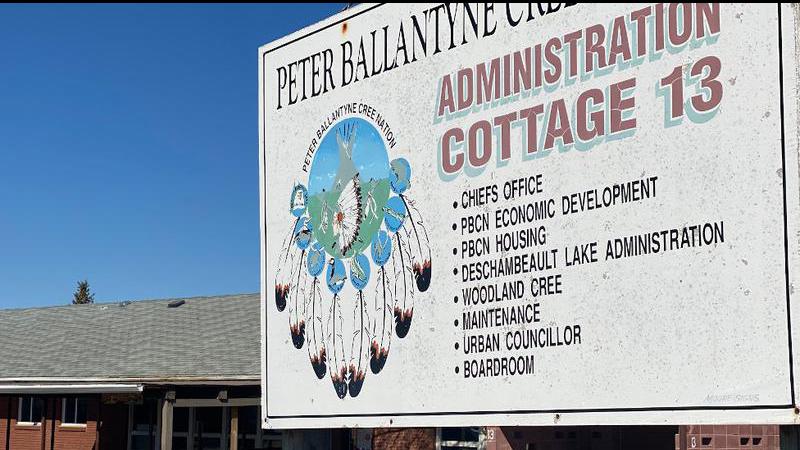
SARM calls for the re-introduction of strychnine to control Richardson’s Ground Squirrels
Using strychnine for the control of Richardson’s Ground Squirrels (RGS) will once again be on the agenda at the Saskatchewan Association of Rural Municipalities (SARM) convention next month.
Strychnine is a crucial tool used by farmers to control growing gopher populations and Saskatchewan landowners have spent the last year struggling to deal with the gophers after the federal ban on strychnine in March of 2024. Since then, many areas in the province reported widespread damage from RGS infestations in crops and pasturelands.
SARM Acting President Bill Huber said it has been tough year since the ban came into full effect.
“Our farmers are struggling to find a practical and effective method to control Richardson’s ground squirrel populations. SARM is asking the provincial government to use The Saskatchewan First Act to reintroduce the use of strychnine specifically for gopher control,” Huber said.


